Home>Storage & Organization>Closet & Wardrobe Organization>How To Organize Storage Bins
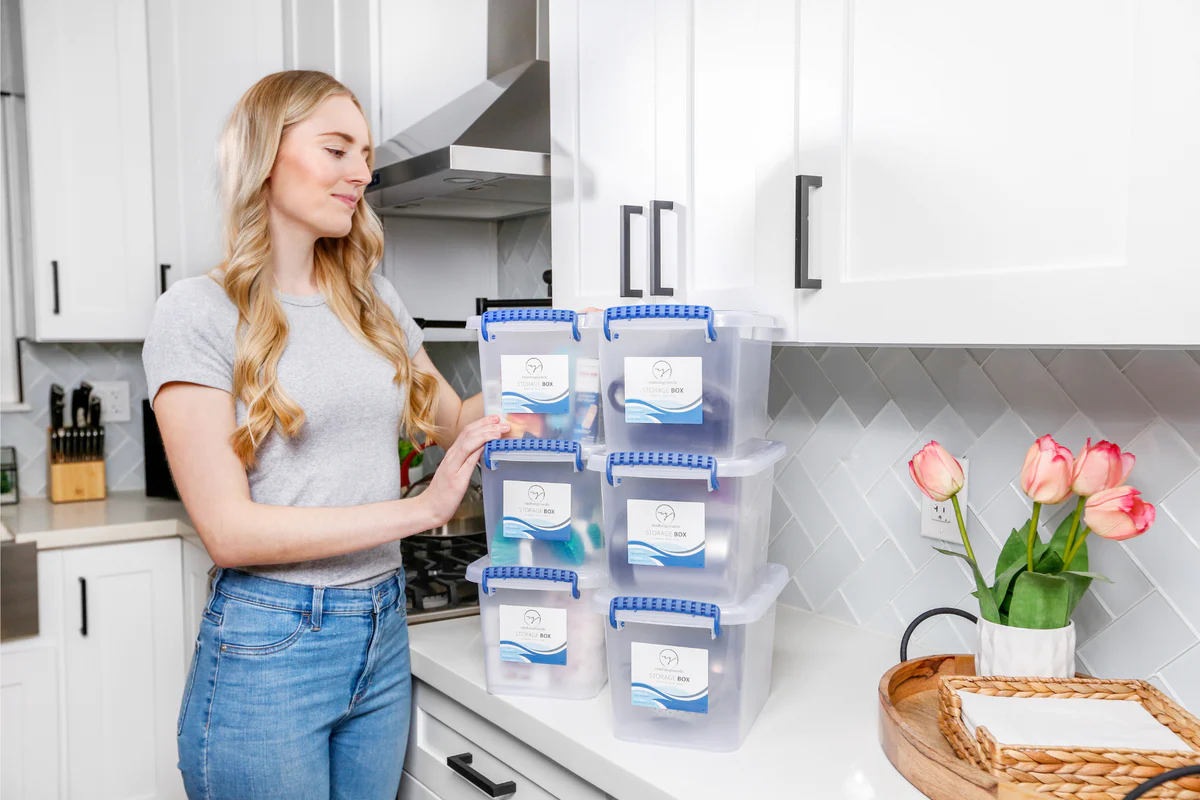

Closet & Wardrobe Organization
How To Organize Storage Bins
Published: March 2, 2024
Learn how to effectively organize storage bins for closet and wardrobe organization. Discover tips and ideas for maximizing space and decluttering your home.
(Many of the links in this article redirect to a specific reviewed product. Your purchase of these products through affiliate links helps to generate commission for Storables.com, at no extra cost. Learn more)
Benefits of Using Storage Bins
Using storage bins offers numerous benefits for organizing your home and belongings. Here are some of the key advantages:
-
Maximized Space: Storage bins allow you to maximize the space in your home by neatly storing items in a compact and organized manner. By utilizing bins, you can make the most of vertical and horizontal space, keeping your living areas clutter-free.
-
Protection: Storage bins provide protection for your belongings. They shield items from dust, moisture, and pests, ensuring that your possessions remain in good condition for longer periods.
-
Easy Access: By using storage bins, you can easily access your belongings when needed. Labeling and categorizing bins can help you quickly locate items, saving time and reducing frustration.
-
Versatility: Storage bins come in various sizes, shapes, and materials, making them versatile for different storage needs. Whether you need to store seasonal clothing, children's toys, or kitchen supplies, there's a storage bin to suit your requirements.
-
Organization: One of the most significant benefits of using storage bins is the organization they bring to your home. By assigning specific items to designated bins, you can maintain a tidy and orderly living space, reducing clutter and creating a visually appealing environment.
-
Portability: Many storage bins are designed with handles or wheels, making them easy to move around. This portability allows you to transport items from one room to another with minimal effort.
In summary, using storage bins offers a range of benefits, including maximizing space, providing protection, ensuring easy access, offering versatility, promoting organization, and providing portability. Incorporating storage bins into your home can significantly improve the functionality and aesthetics of your living space.
Key Takeaways:
- Storage bins offer benefits such as maximizing space, protecting belongings, and promoting easy access, organization, and portability. They come in various sizes and materials to suit different storage needs.
- When choosing storage bins, consider size, material, stackability, visibility, durability, and aesthetic appeal. Sorting and categorizing items before placing them in bins helps maintain an organized and efficient storage system.
Read also: 5 Best Refrigerator Bin for 2024
Choosing the Right Storage Bins
When it comes to selecting the right storage bins for your home organization needs, it's essential to consider several factors to ensure that you make the most suitable choice. Here are some key points to keep in mind when choosing the right storage bins:
1. Size and Capacity
The first consideration when choosing storage bins is the size and capacity you require. Assess the items you intend to store and select bins that can accommodate them comfortably. It's advisable to opt for a variety of sizes to cater to different storage needs, from small items like accessories to larger belongings such as blankets or sports equipment.
2. Material
Storage bins come in various materials, including plastic, fabric, metal, and wicker. Each material offers different benefits, so it's important to select one that aligns with your specific needs. For example, plastic bins are durable and moisture-resistant, making them suitable for storing items in basements or garages, while fabric bins are lightweight and collapsible, ideal for seasonal clothing or linens.
3. Stackability
If you have limited space, consider choosing storage bins that are stackable. Stackable bins allow you to make the most of vertical space, creating a neat and efficient storage solution. Additionally, they are convenient for items that are not frequently accessed, as they can be stored in tall stacks without impeding access to other bins.
4. Visibility
Opt for storage bins that offer visibility of the contents, such as clear plastic bins or those with open fronts. Being able to see the contents at a glance can save time when searching for specific items and prevent the need to rummage through multiple bins.
5. Durability
Ensure that the storage bins you choose are durable and long-lasting. This is particularly important if you plan to store heavy items or if the bins will be frequently moved or accessed. Investing in sturdy, well-constructed bins will provide peace of mind and ensure that your belongings are adequately protected.
6. Aesthetic Appeal
While functionality is paramount, considering the aesthetic appeal of the storage bins is also important, especially if they will be on display. Choose bins that complement your home decor and contribute to the overall visual appeal of the space.
By considering these factors when choosing storage bins, you can select the most suitable options for your specific storage needs, ensuring an organized and efficient home storage solution.
Sorting and Categorizing Items
Sorting and categorizing items is a crucial step in the organization process when using storage bins. By systematically arranging and grouping similar items together, you can streamline the storage process and enhance accessibility. Here's how to effectively sort and categorize items for efficient organization:
-
Declutter and Purge: Before sorting and categorizing, it's essential to declutter and purge unnecessary items. Go through your belongings and decide what to keep, donate, or discard. This initial step will prevent unnecessary items from taking up valuable space in your storage bins.
-
Group Similar Items: Begin by grouping similar items together. For example, gather all seasonal clothing, sports equipment, or children's toys into distinct categories. This grouping will help you visualize the quantity of each item category and determine the appropriate bin size and quantity needed.
-
Consider Frequency of Use: When categorizing items, consider their frequency of use. Items that are used frequently should be easily accessible, while those used infrequently can be stored in less accessible areas. This approach ensures that frequently used items are readily available without the need to sift through multiple bins.
-
Create a System: Establish a systematic approach to categorizing items within the storage bins. This could involve assigning specific types of items to designated bins, such as a bin for winter clothing, another for holiday decorations, and so on. Consistency in categorization will simplify the retrieval process and maintain organization over time.
-
Utilize Dividers or Compartments: For smaller items or those that require further organization within the bins, consider using dividers or compartments. These accessories can help separate and categorize items within the same bin, preventing them from becoming jumbled and making it easier to locate specific items.
-
Label Each Bin: Once items are sorted and categorized, labeling each storage bin is essential for easy identification. Use clear, descriptive labels that indicate the contents of each bin. This step is particularly beneficial when storing items in a way that makes them less visible, such as in stacked bins or on high shelves.
-
Maintain the System: Regularly revisit and maintain the sorting and categorization system. As items are added or removed from storage, ensure that they are placed in the appropriate bins and that the labeling remains accurate. This ongoing maintenance will preserve the organization and efficiency of the storage system.
By effectively sorting and categorizing items before placing them in storage bins, you can create a well-organized and easily accessible storage solution for your home. This systematic approach will not only maximize the functionality of the storage bins but also contribute to a clutter-free and visually appealing living space.
Read more: How To Organize A Fridge With Bins
Labeling and Organizing Storage Bins
Labeling and organizing storage bins is a critical aspect of maintaining an efficient and accessible storage system. Proper labeling not only facilitates easy identification of the contents but also contributes to the overall organization of the storage space. Here's a detailed guide on how to effectively label and organize storage bins:
1. Clear and Descriptive Labels
When labeling storage bins, it's essential to use clear and descriptive labels that accurately represent the contents of each bin. Avoid vague or ambiguous labels and opt for specific descriptions. For example, instead of labeling a bin as "Miscellaneous," use labels such as "Winter Accessories" or "Craft Supplies" to provide precise information about the contents.
2. Consistent Label Placement
Maintain consistency in the placement of labels on the storage bins. Choose a location, such as the front or top of the bin, and ensure that all labels are positioned in the same place for uniformity. Consistent label placement enhances visual clarity and makes it easier to locate specific items, especially when the bins are stacked or stored on shelves.
3. Utilize Labeling Accessories
In addition to adhesive labels, consider using labeling accessories such as label holders, magnetic labels, or dry-erase labels. Label holders can be attached to the front of the bins, allowing you to insert and change labels as needed. Magnetic labels are ideal for metal bins, while dry-erase labels offer the flexibility to update and modify the contents without the need for new labels.
Read also: 13 Best Pink Storage Bins For 2024
4. Color-Coding System
Implementing a color-coding system can further enhance the organization of storage bins. Assign specific colors to different categories or types of items, and use colored labels or markers to correspond with the designated color-coding. This visual cue can expedite the identification of items and streamline the retrieval process.
5. Include Inventory Lists
For larger storage areas or bins containing numerous items, consider creating an inventory list that corresponds to the contents of each bin. This list can be placed inside the bin or attached to the exterior, providing a detailed reference of the items stored within. An inventory list is particularly useful for long-term storage or when multiple individuals need access to the items.
6. Update and Maintain Labels
Regularly review and update the labels on storage bins to ensure accuracy. As the contents of the bins change or items are added or removed, make corresponding updates to the labels. Maintaining accurate labels is essential for efficient organization and prevents confusion when retrieving items from the bins.
7. Labeling for Accessibility
Consider the accessibility of the storage bins when labeling them. If the bins are stacked, ensure that the labels are visible from the front or top to easily identify the contents without the need to move or unstack the bins. For bins stored on high shelves, use large, legible labels that can be read from a distance.
By implementing these strategies for labeling and organizing storage bins, you can establish a systematic and user-friendly storage solution that promotes efficient organization and easy access to your belongings. Effective labeling not only enhances the functionality of storage bins but also contributes to a visually appealing and well-maintained storage space.
Read also: 13 Best 13 Inch Cube Storage Bin For 2024
Maximizing Space with Storage Bins
Maximizing space with storage bins is a fundamental aspect of efficient home organization. By utilizing the following strategies, you can make the most of your available space while maintaining a clutter-free and visually appealing environment.
1. Utilize Vertical Space
Take advantage of vertical space by using stackable storage bins. Stackable bins allow you to store items in a compact, vertical arrangement, making efficient use of floor-to-ceiling space. This is particularly beneficial in closets, garages, and utility rooms where vertical storage is essential for maximizing space.
2. Under-Bed Storage
Under-bed storage bins are an excellent solution for utilizing otherwise unused space. Opt for low-profile storage bins that can easily slide under the bed, providing a discreet and convenient storage option for items such as seasonal clothing, shoes, or extra linens. This approach helps free up closet and drawer space while keeping items accessible.
3. Overhead Storage
For items that are accessed infrequently, consider utilizing overhead storage bins. Install overhead shelving or racks in garages, basements, or utility rooms to store bins containing items such as holiday decorations, camping gear, or bulky seasonal items. Overhead storage bins keep these items out of the way while maximizing available space.
Read more: How To Organize Cube Storage Bins
4. Modular Storage Systems
Invest in modular storage systems that offer customizable configurations to fit your specific space. Modular storage bins and shelving units can be tailored to fit awkward or underutilized spaces, such as corners or alcoves, providing a tailored storage solution that maximizes every inch of available space.
5. Utilize Closet Space
Optimize closet space by incorporating storage bins that are designed to fit seamlessly on closet shelves or racks. Utilizing bins in closets allows for the efficient organization of clothing, accessories, and personal items, creating a tidy and accessible storage solution within the confines of the closet space.
6. Utilize Wasted Space
Identify and utilize wasted space within your home, such as the area above cabinets, under staircases, or in unused corners. Custom-sized storage bins can be utilized to fit these unique spaces, providing storage solutions for items that would otherwise clutter countertops or remain unorganized.
By implementing these strategies, you can effectively maximize space with storage bins, creating a well-organized and visually appealing home environment while ensuring that your belongings are easily accessible and efficiently stored.
Frequently Asked Questions about How To Organize Storage Bins
Was this page helpful?
At Storables.com, we guarantee accurate and reliable information. Our content, validated by Expert Board Contributors, is crafted following stringent Editorial Policies. We're committed to providing you with well-researched, expert-backed insights for all your informational needs.
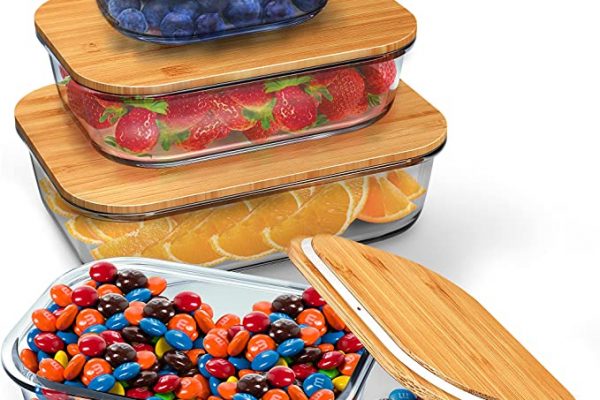
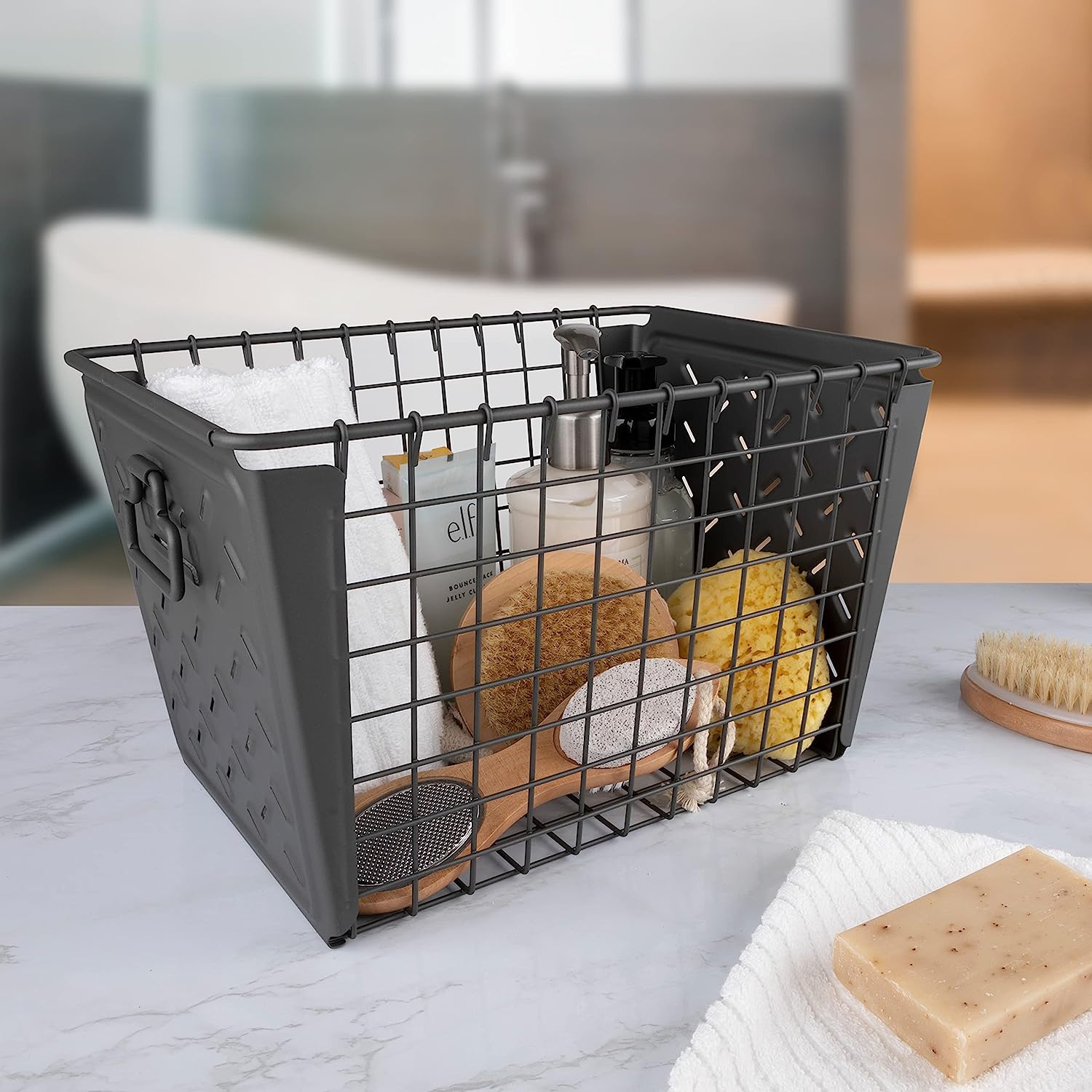

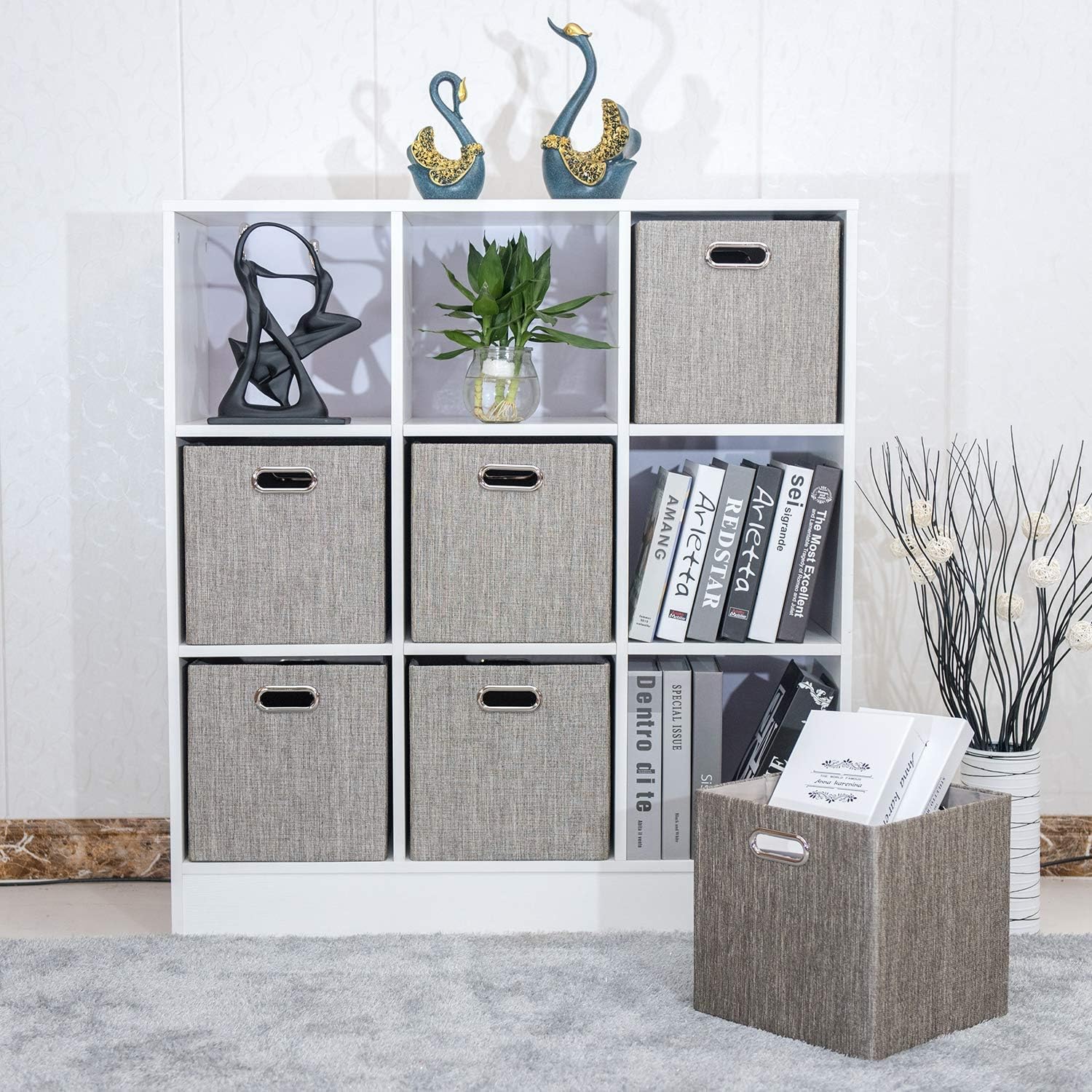
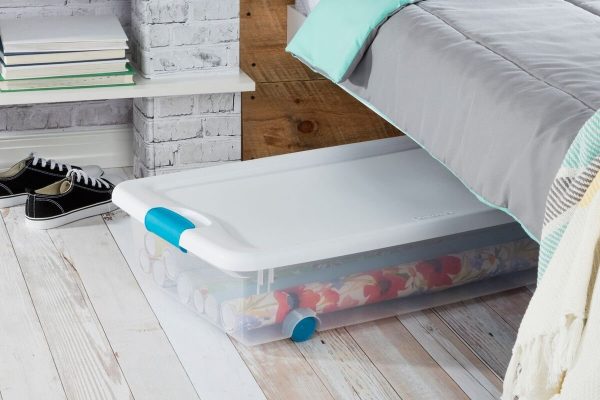
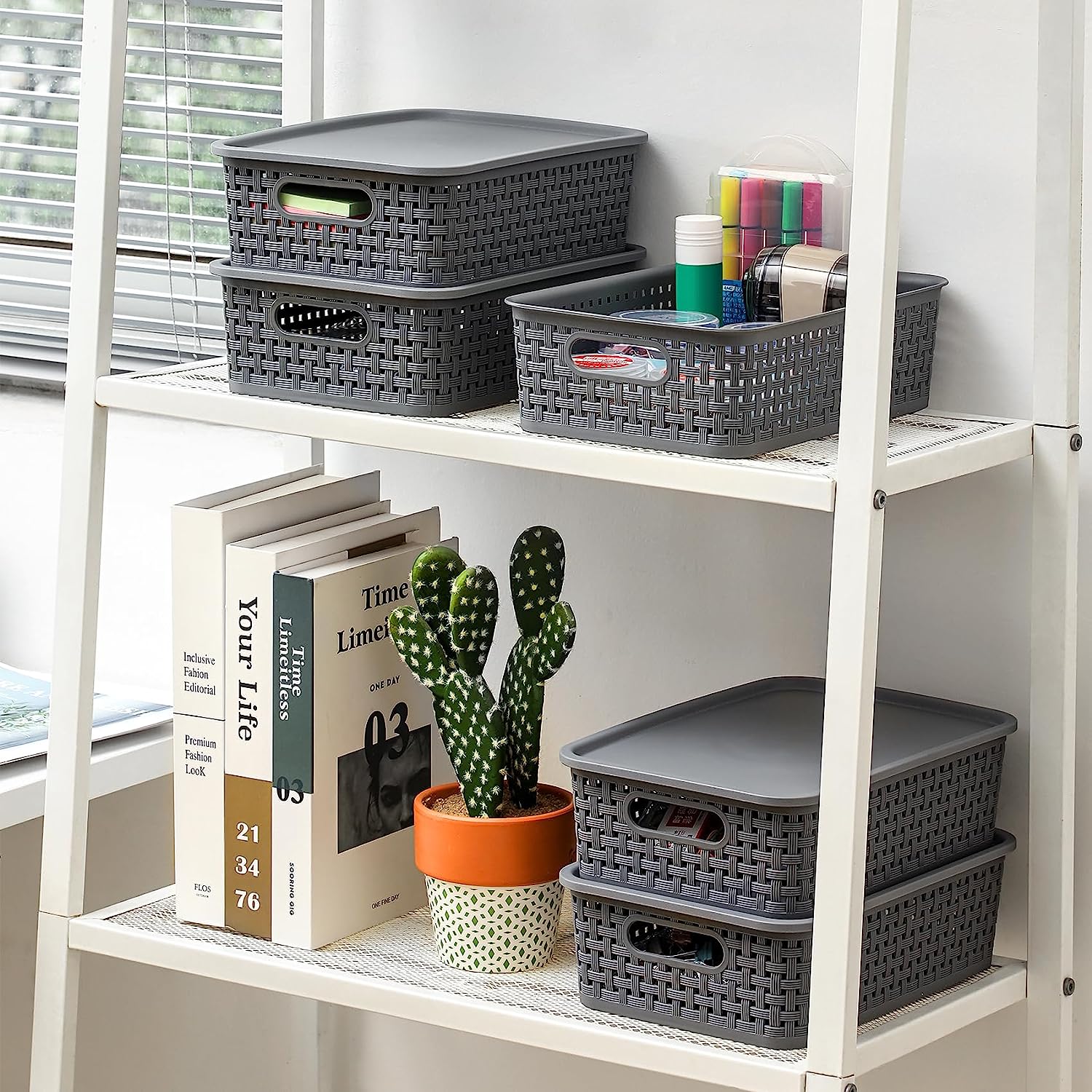
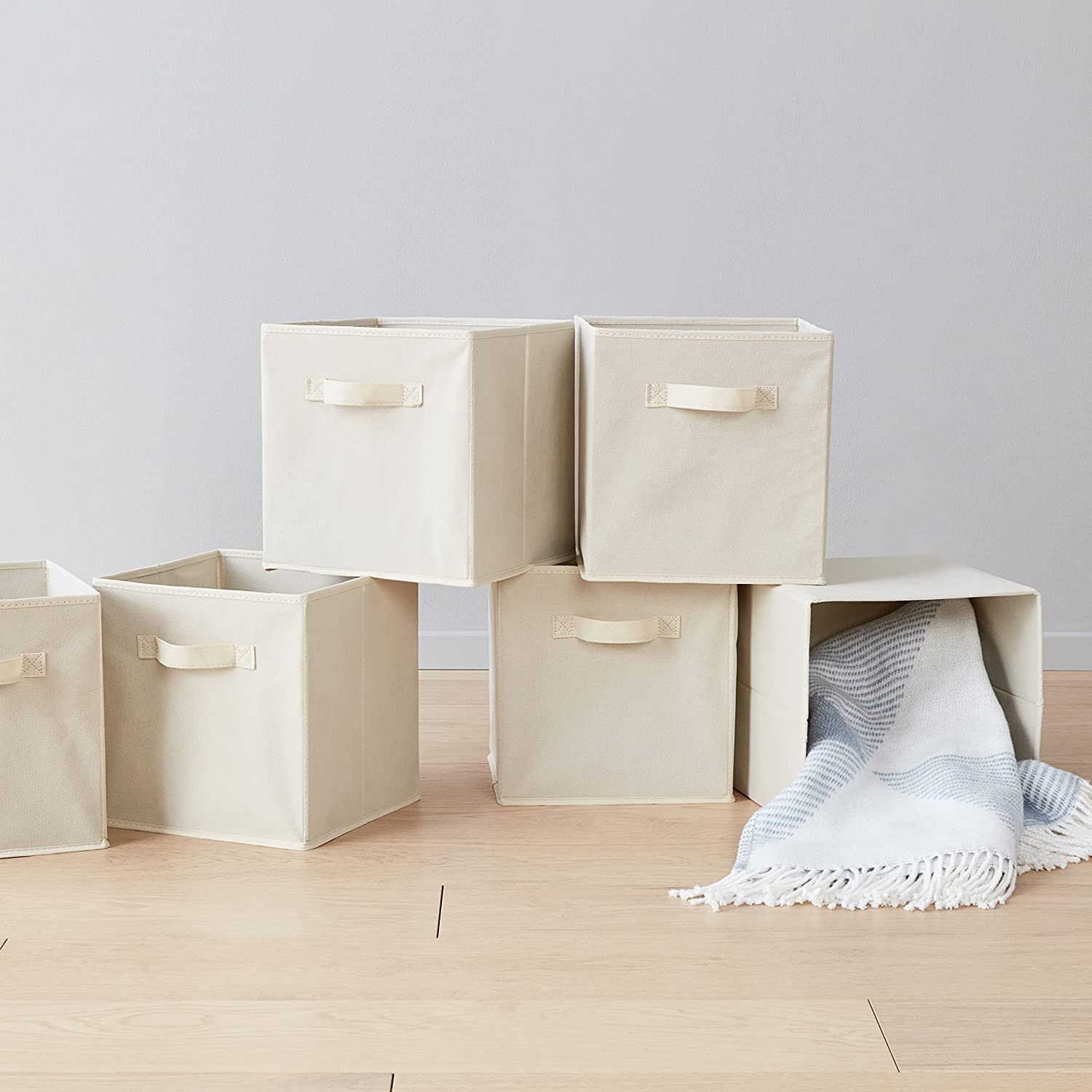
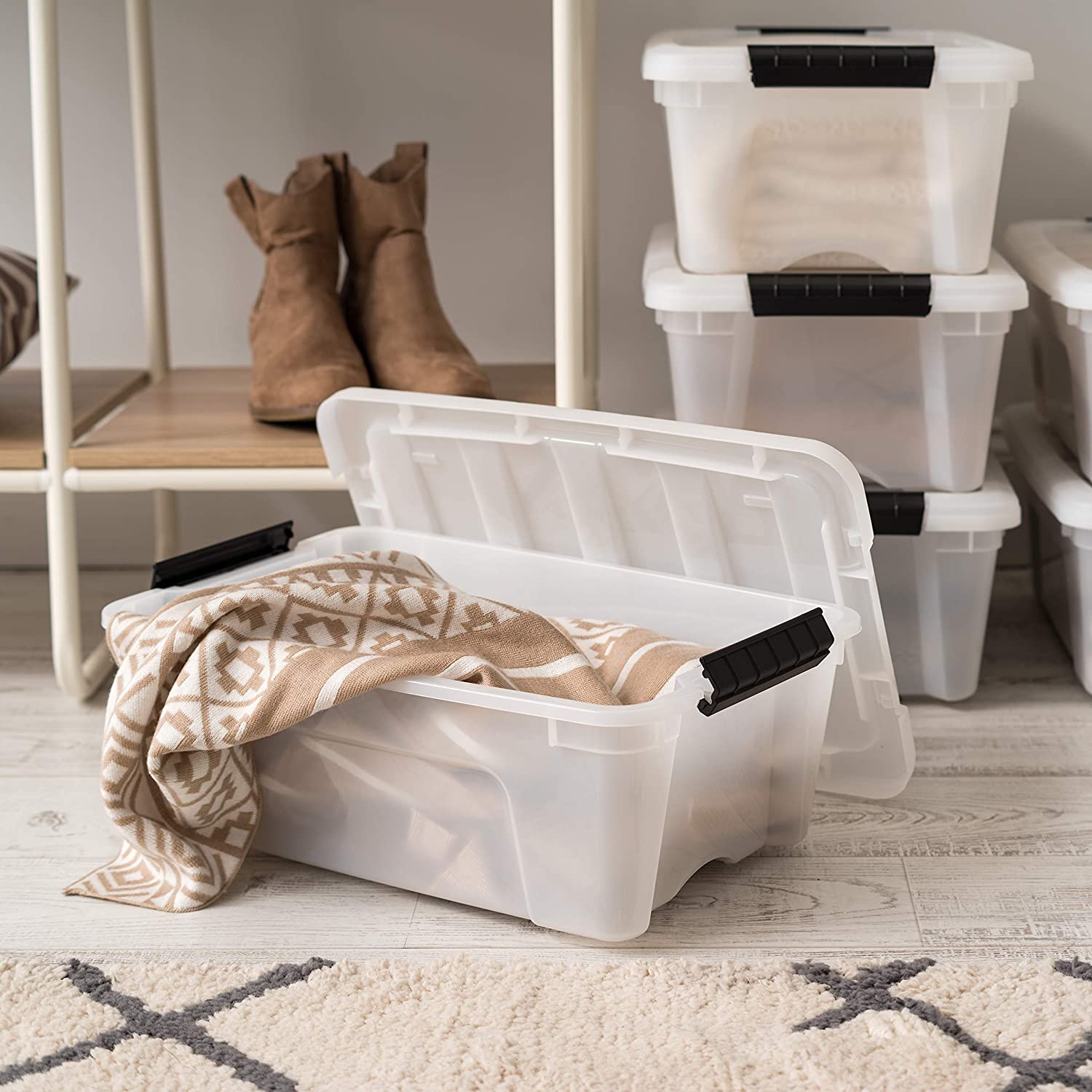
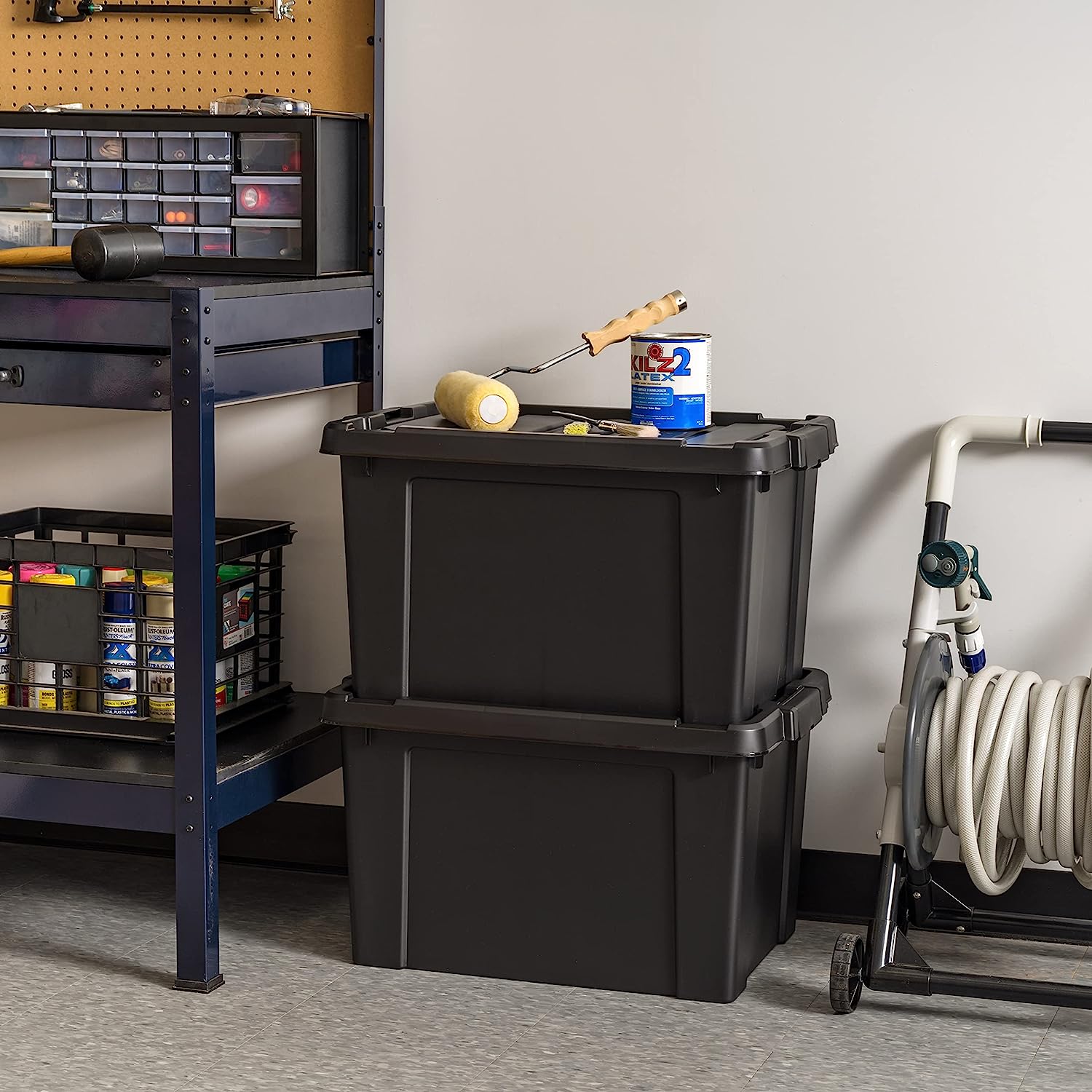
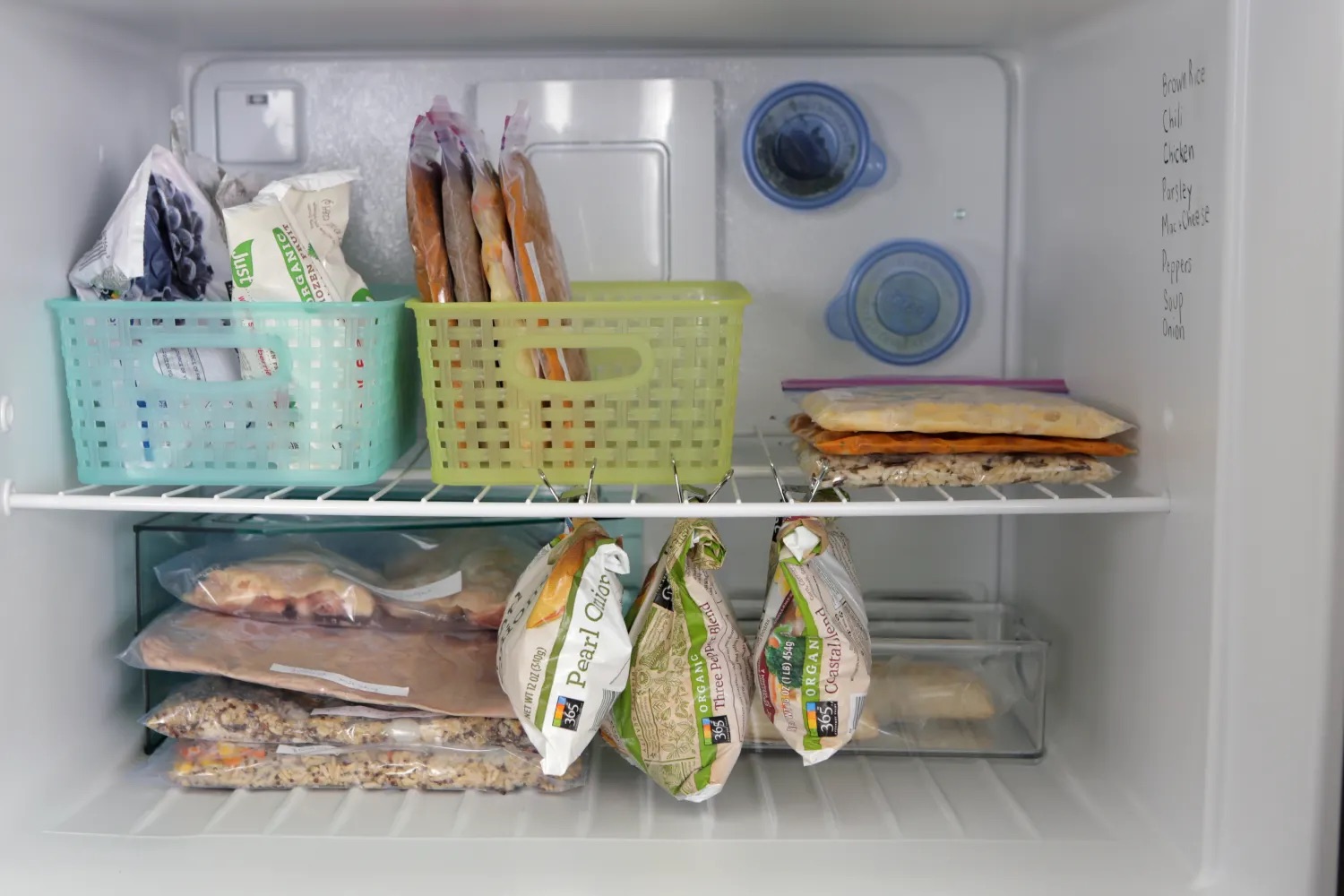

0 thoughts on “How To Organize Storage Bins”